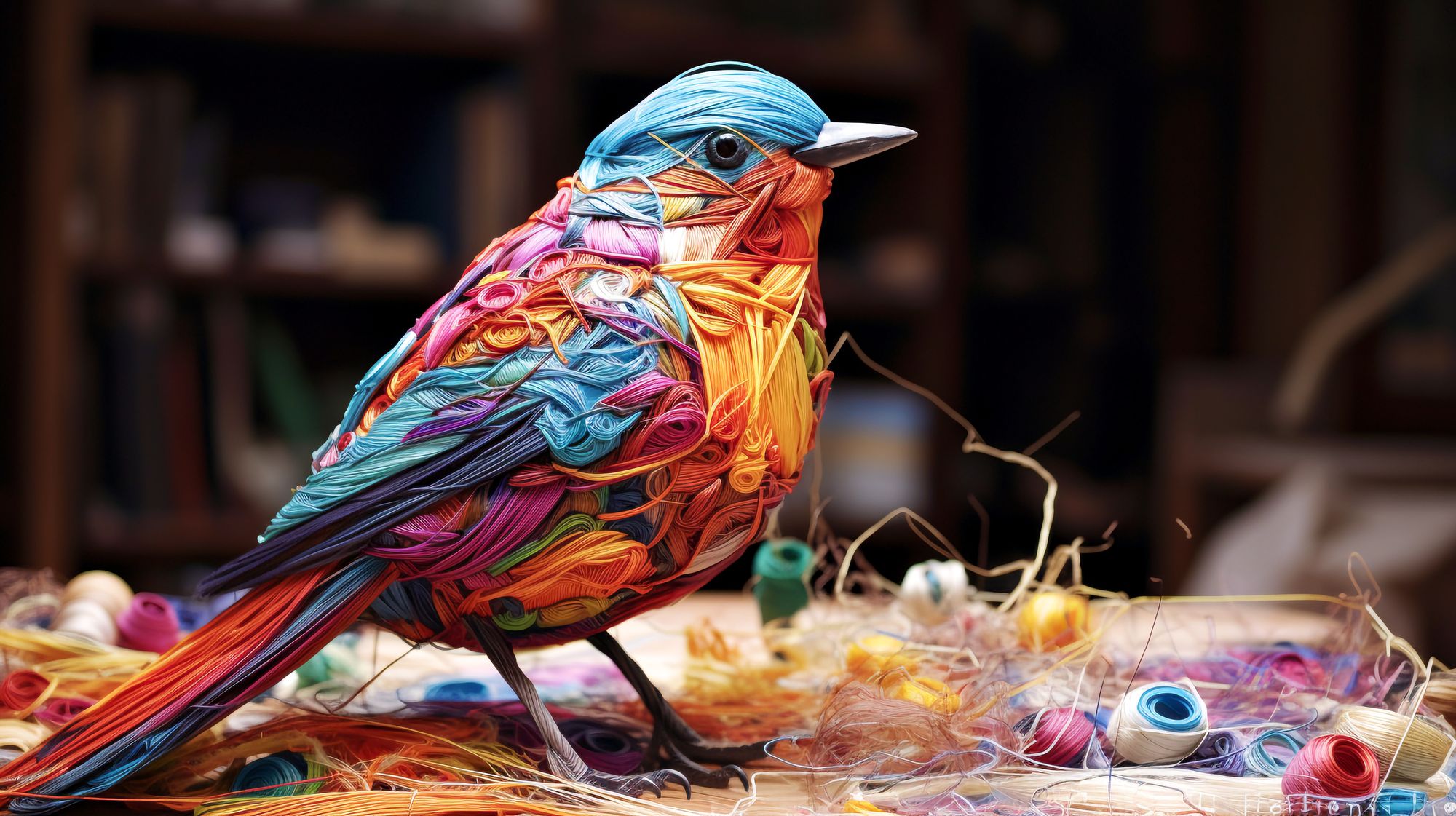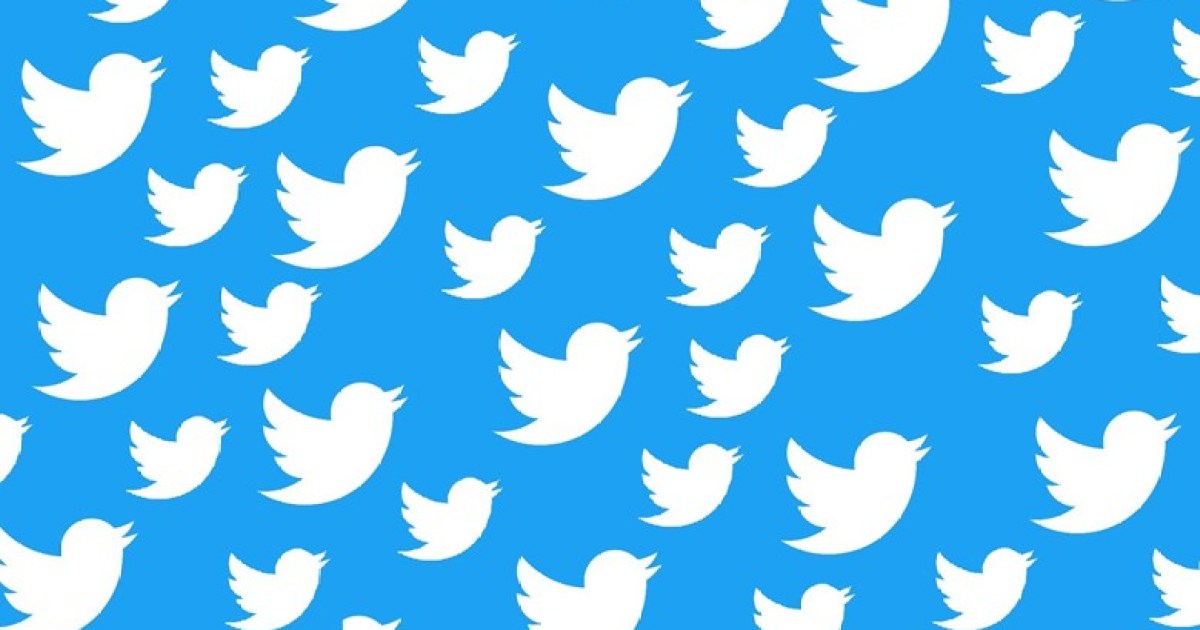- Digital Media Products, Strategy and Innovation by Kevin Anderson
- Posts
- Apple is about to make it much harder to track user behaviour
Apple is about to make it much harder to track user behaviour
And why the notification bing on my phone spells the death of Twitter
Apple has found that privacy is a good selling point as consumers seek some protections from being targeted and tracked by advertisers. As Josh Benton at Harvard’s Nieman Lab points out, this means that for the third time in recent years, Apple is rolling out a feature that will reduce advertisers, marketers and publishers’ ability to track user behaviour. Link Tracking Protection is set to be rolled out in iOS 17, iPadOS17 and macOS Sonoma. It will be on by default in Apple Mail and Messages as well as Safari’s private browsing. It will also be an option in Safari’s default browsing. It will target the tracking parameters that are part of UTM codes, those long strings appended to URLs that allow tracking by source and campaigns. It’s not all doom and gloom. You will still be able to track users by campaign and medium. What this move really targets is personally identifiable tracking codes that link activity to an individual user. Apple actually seems to be targeting IDs from other platforms such as Google, Microsoft, Facebook, Hubspot and MailChimp. Read on and make sure to click the links for additional detail.
Jeff Jarvis is back with another book tying looking at the changes brought about by digital media. I have to agree with Jeff when he says, “This is the last gasp of old media, traffic for traffic’s sake, scale for scale’s sake. All that came out of the advertising business model and I think that changes now.” Those publishers that are still chasing scale are mostly failing. He is talking about how publishers need to rethink value that they are providing foraudiences. I think the message is especially important as publishers consider using AI to generate more commodity content more cheaply.
Google is facing a lot of pushback from publishers and regulators around the world so it is interesting to see Richard Gingras at WAN-IFRA’s recent Global Congress. I will agree that those of us who have been around digital media for a long time have seen ‘quieter times’. But we’re in a period in which Google is at conflict with publishers unlike at any time in its history.
This year’s Reuters Institute Digital News Report highlighted the rising percentages of people actively avoiding news. It is something that they have been covering in greater detail as the practice increases. This year, they delved into the reasons why people avoided news and found that their reasons for avoiding news were varied and that even the most ardent news avoiders still engaged with the news at times, usually around big stories. Others sought out more positive news, not necessarily just feel good stories but solutions journalism as well. Now publishers are actively trying to engage these groups with non-news verticals - think of the New York Times cooking or ‘things to do’ coverage as we used to call it when I was a regional executive editor with Gannett.
As a former Gannett editor, this interested me. One thing that really stood out for me is the EBITDA multiple that Gannett had in 2013. I joined them in 2014, and wow, Gannett was still raking in the cash - an EBITDA multiple of 22.3! The piece puts this in context that Politico and Dennis Publishing both sold for EBITDA of 15x. What is cleat that the New York Times decision to focus on digital subscriptions years before Gannett have delivered. But digital subs for local journalism have proven challenging for big chains like Gannett. We can debate why that is, but many folks would say that the product that they deliver doesn’t justify the price of a subscription - especialliy as they have cut their local news gathering capacity.
And I add this one fast on the heals of the previous story because the New York Times is an outlier for so many reasons so it is important to not focus solely on it when looking for a path to the future. As the Reuters Institute report has pointed out, in digital news, every country now has a winner takes most market, in which a few national titles win the vast majoity of the digital news market.
I type this as my phone flashes every few minutes with a new follower, well, someone who follows me on Twitter now following me on Threads. To be honest, this is the biggest threat to Twitter of all of the services that have been released since Musk turned the platform into a soap opera (that sadly had real life consequences for many people I knew).
Twitter’s new CEO proves that she is a team player or at least a good spokesperson for Musk on why he makes the decisions that he does. I can understand this from the standpoint of not wanting Twitter to be scraped by LLMs without some kind of compensation. This is the second best tweet from the new CEO. The one that takes the biscuit talks about how Twitter’s imitators (see above item) can’t duplicate its community. Um, well, if they have the social graph of Facebook, it just might be possible.
This is a bit if history that I know that digital journalists of a certain age will appreciate. I use Feedly to provide me with the links that I use for this newsletter, but I still mourn the loss of Google Reader, the search giant’s RSS reader. I am still not ready to forgive Google for killing this product, but at least I have some context. When you operate at Google scale, products that don’t reach that scale don’t have a chance.
And I am sure that we’ll be seeing a lot of stories like this. AI will kill a lot of commodity content jobs from journalism to marketing copy writers. The school of cost efficiency finds AI just far too tempting.








/cdn.vox-cdn.com/uploads/chorus_asset/file/24761812/236714_Google_RSS_Reader_HHerrera.jpeg)
